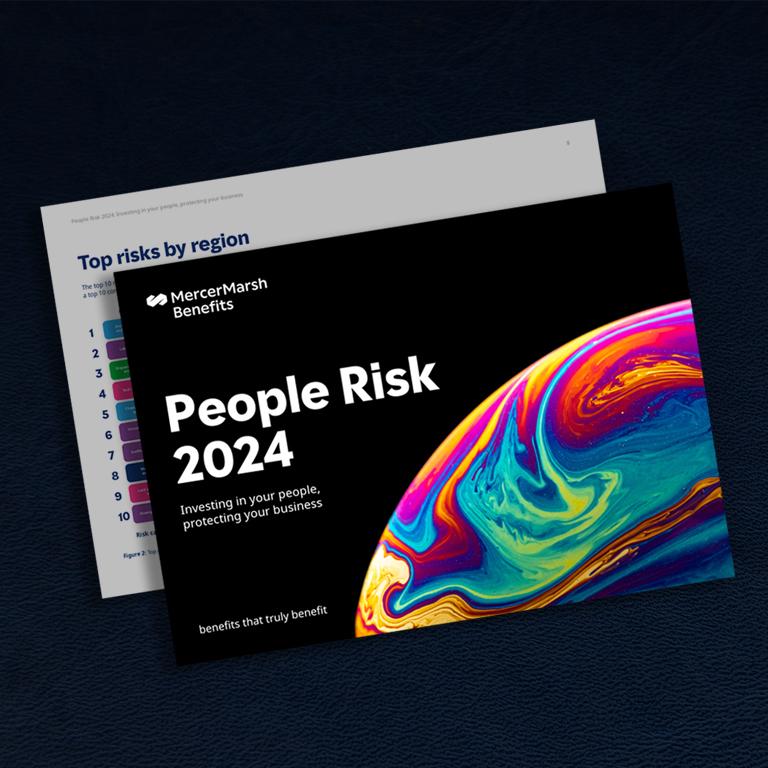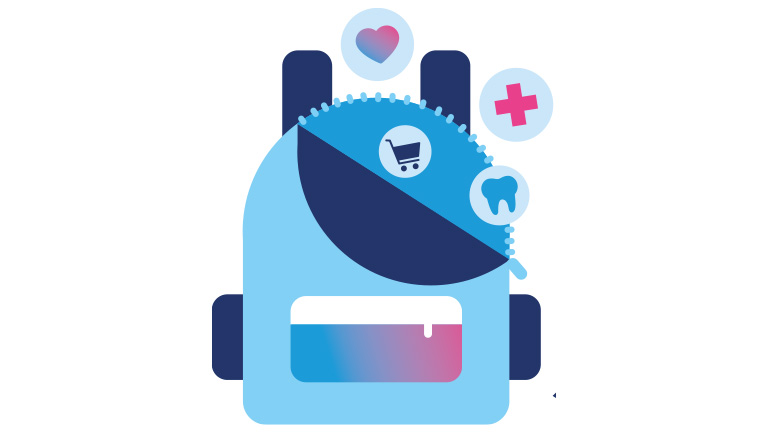With medical trend rates soaring beyond salary increases in the region, 1 in 5 respondents in Asia are not confident in their ability to afford healthcare for themselves and their families, making the provision of meaningful benefits an operational necessity.
Our Health on Demand research, which surveyed more than 5,100 employees in Asia, reveals that 36% of employees expressed that the benefits provided by their employers do not meet their needs, and most are concerned about their health and financial security.
The report recommends the need for smarter benefits to address affordability gaps resulting from rising costs, to build a stronger, more resilient workforce.
Benefits can give employers a competitive advantage
Our survey findings also show that employers are the most trusted source for affordable and quality healthcare. Thus, organisations that enhance their benefits strategy to support their workforce’s well-being can gain a competitive advantage.
The Health on Demand 2025 report serves as a vital resource for employers, including risk managers, and benefits decision-makers, to:
- Identify, understand, and prepare for employee well-being and productivity.
- Optimise their investments in the workforce’s health and well-being to maximise value.
- Address the challenges and needs expressed by employees, offering insights to help evolve their employee benefits strategy.
Prioritising employees’ health and well-being is not just a choice – it's a strategic imperative.
Employers can reassess and refine their benefits through these six actionable recommendations:
Build stronger trust by tailoring employee benefits to address their needs and help them thrive. Download the Asia snapshot to discover how you can evaluate the relevance and value of employee benefits to foster business growth while supporting your workforce.
Report FAQs
The Health on Demand report is a comprehensive analysis of employee views on their health and well-being priorities, concerns and values. Our 2025 research study aims to assist employers in maximising their investment in the health and well-being of their workforce, ensuring they receive the greatest value. This report will navigate employers through the challenges and needs highlighted by employees, providing insights to help you refine your strategy and tackle six new focus areas for benefits. It provides insights into potential challenges and opportunities for benefits decision makers, across a number of industries.
The Health on Demand report is an essential read for benefits decision makers within their organisation, including leaders and managers of Human resources, Rewards, Compensation and benefits, Risk, Finance, Insurance and C-Level executives. The report is relevant to different industries and all sizes of organisations, including Global HR professionals of multinational firms right through to leaders in small enterprises.
It is a key resource for those who want to stay updated about managing workforce risks and who need to be informed in their strategic decisions to mitigate them.
The Health on Demand report stands out for its comprehensive analysis, expert insights, and forward-thinking approach. It is developed by Mercer Marsh Benefits, along with other subject matter experts in human resources, insurance, and risk consulting across Marsh, and is considered one of the leading sources of information about employee priorities when it comes to health and well-being. The results form our research report, which is differentiated from others in the market by its size, geographic scope and consumer angle.
The voice of the employee is captured in our analysis and we use our findings to provide advice to employers on how we succeed in addressing employees’ needs. This research provides opportunities to discuss the relationship between providing benefits and enabling employees to thrive, offering benefits that are suitable for the pressures employees face and environment in which employees live, and aligning benefits with company purpose to support the wider health of society.
The Health on Demand research captures the views of 18,384 employees,18 years old and older, across 17 markets, on their health and well-being priorities, concerns and values.
Global weighting: All markets were sampled using demographic data on age, gender and location so that results would represent the local workforce. Approximately 1,000 working adults were surveyed in all markets except the US, which had more than 2,000 respondents.
Customise your benefits solutions to address the changing needs of your employees.
As employees’ needs become more complex, it's crucial for companies to focus on tailored benefits solutions.
Mercer BenefitsMonitor™ provides real-time benefits data and insights, enabling your organisation to develop a benefits program that attracts and retains talent while benchmarking against industry standards to create a supportive workplace.
Related insights

Article,Report
People Risk Report 2024
25/06/2024



